Famous hoaxes that people actually believed
Hoaxes have a curious allure that captivates the imagination and stirs our sense of intrigue. From the bizarre to the downright unbelievable, these tales have a way of spreading like wildfire. Whether it’s the thrill of the mystery or the sheer audacity of the prank, hoaxes remind us of the power of storytelling. They serve as a reminder that not everything is as it seems and challenge us to question the world around us.
The Great Moon Hoax of 1835

In 1835, the New York Sun published a series of articles claiming that life had been discovered on the moon. The reports, attributed to the famous astronomer Sir John Herschel, described fantastical lunar creatures, including bat-like humanoids. Although later debunked, the articles captured the public’s imagination and dramatically increased newspaper sales. This hoax highlighted the public’s fascination with the possibility of extraterrestrial life and the power of media to shape perceptions.
The Cardiff Giant: A Gigantic Lie

The Cardiff Giant was one of the most famous archaeological hoaxes in American history. Unearthed in 1869, the ten-foot-tall stone figure was claimed to be a petrified giant. It attracted thousands of visitors willing to pay to see it, only to be revealed later as a creation of George Hull, a New York tobacconist. The giant was carved from gypsum and buried to trick the gullible. This hoax remains a testament to the lengths people will go for a good story.
War of the Worlds: Radio Panic

The 1938 radio broadcast of “War of the Worlds,” narrated by Orson Welles, caused widespread panic among listeners who believed that a Martian invasion was actually happening. The realistic style of the broadcast, presented as a series of news bulletins, led many to think they were hearing live coverage of an alien attack. The incident demonstrated the power of media to influence public perception and the importance of critical listening skills.
Loch Ness Monster: The Legend of Nessie
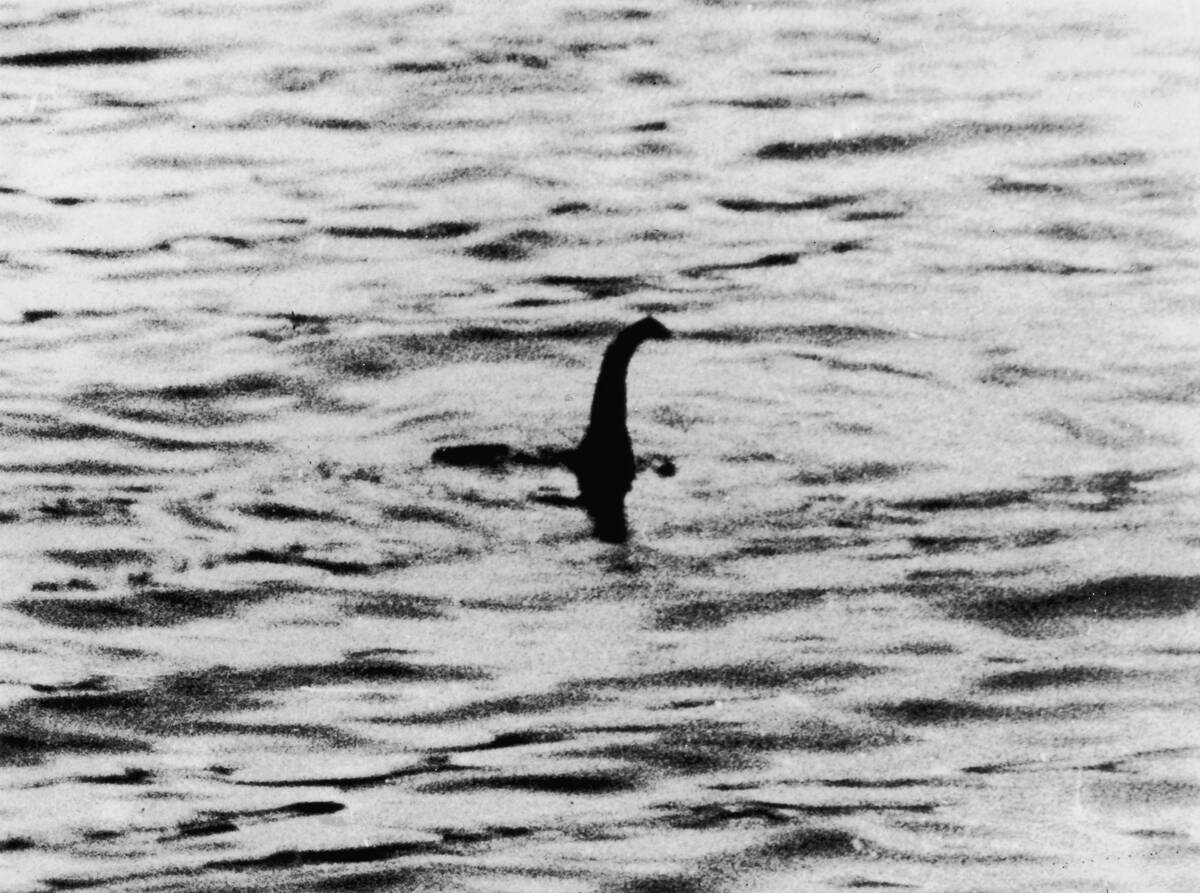
The Loch Ness Monster, affectionately known as Nessie, has been part of Scottish folklore for centuries. The legend gained international fame in 1934 with the publication of a blurry photograph purportedly showing the creature. Despite numerous investigations, no concrete evidence of Nessie’s existence has been found. The allure of the Loch Ness Monster lies in its mystery and the human fascination with the unknown, keeping the legend alive to this day.
The Spaghetti Tree Hoax: A Harvest of Laughter

On April Fools’ Day in 1957, the BBC aired a segment about a family in Switzerland harvesting spaghetti from trees. The broadcast featured footage of people plucking strands of pasta from branches, leading many viewers to believe it. The hoax was so convincing that some even contacted the BBC for advice on growing their own spaghetti trees. This lighthearted prank is a classic example of how easily the public can be fooled by a well-executed hoax.
The Pacific Northwest Tree Octopus: Conservation Comedy

The Pacific Northwest Tree Octopus is a fictional creature created as an internet hoax to raise awareness about the gullibility of online readers. The website, launched in 1998, described the plight of this non-existent species, complete with fake scientific data and photos. Despite its obvious satire, many people believed the story. The hoax serves as a humorous reminder to question the credibility of online information and the need for digital literacy.
The Balloon Boy Incident: A Media Circus

In 2009, the world was captivated by the story of a six-year-old boy supposedly trapped in a homemade helium balloon flying over Colorado. The saga turned out to be a hoax orchestrated by the boy’s parents, who were hoping to secure a reality TV show deal. The Balloon Boy incident highlights the lengths some will go for fame and the media’s role in amplifying sensational stories, often without verifying the facts.
The Crop Circle Phenomenon: Alien Artistry or Human Prank?
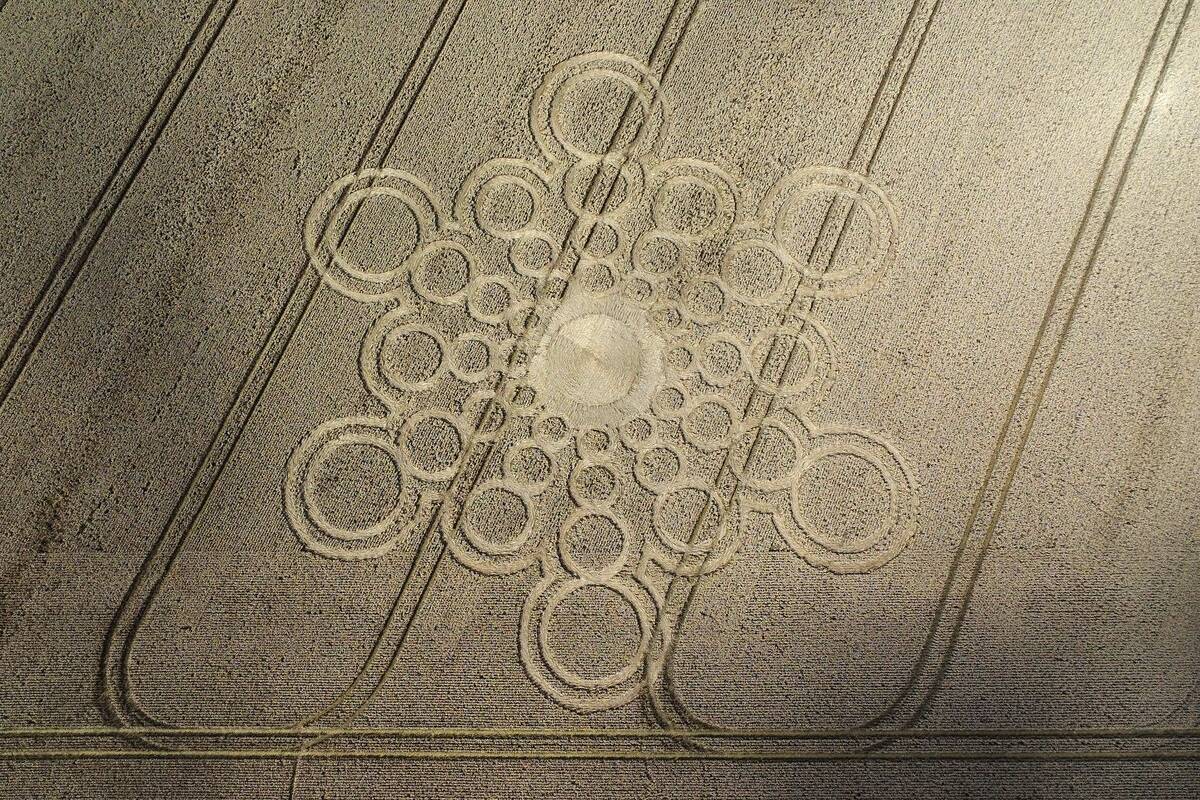
Crop circles have long fascinated the public, with intricate patterns appearing in fields overnight. While some believe these formations are the work of extraterrestrials, many have been revealed as elaborate hoaxes created by humans using simple tools and techniques. This phenomenon challenges our understanding of art, creativity, and the desire to find meaning in the mysterious. Crop circles continue to spark debate and wonder, blurring the lines between natural and supernatural.
The Tasaday Tribe: A Manufactured Mystery

In the 1970s, the Tasaday tribe in the Philippines was presented to the world as a “Stone Age” people untouched by modern civilization. Reports of their primitive lifestyle captivated anthropologists and the public alike. However, investigations later revealed that the tribe’s isolation was exaggerated, and their way of life was staged for media attention. The Tasaday hoax underscores the ethical complexities in anthropology and the potential for exploitation in the pursuit of fame.
The Hitler Diaries: A Literary Fraud
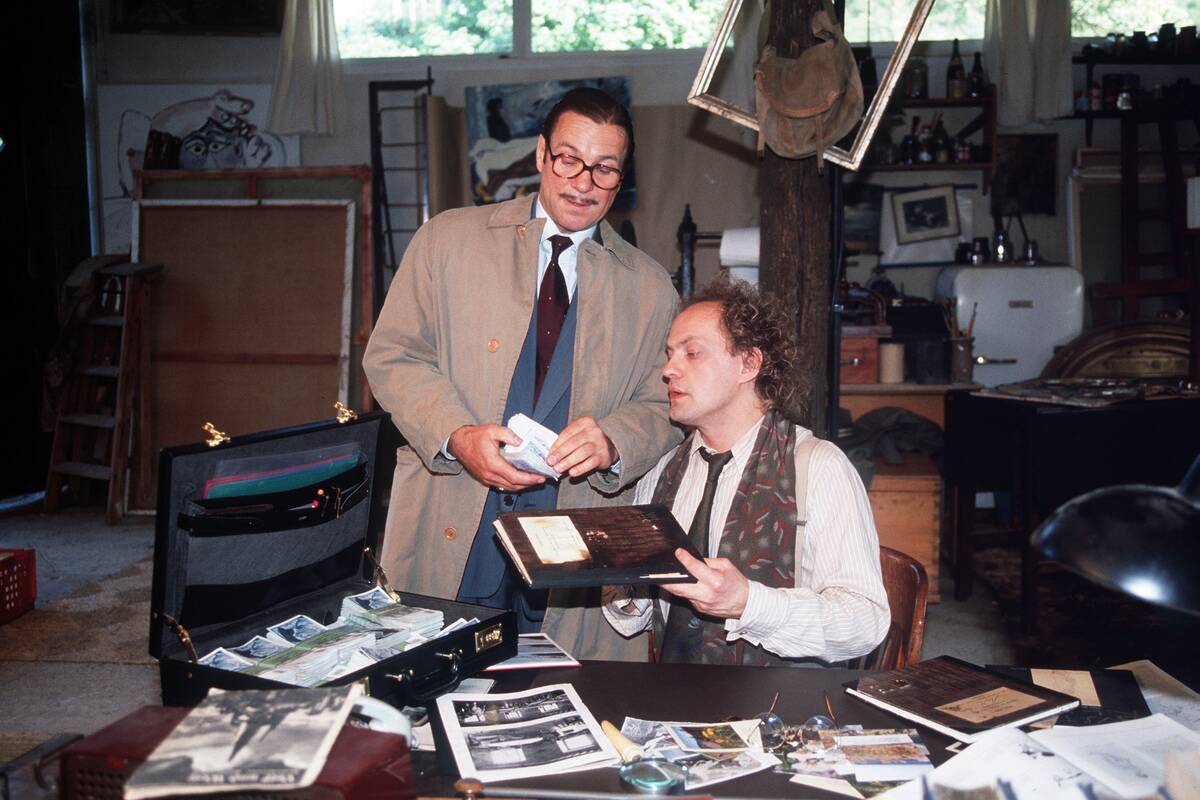
In 1983, the German magazine Stern announced the discovery of Hitler’s personal diaries, a revelation that promised to reshape historical understanding. However, the diaries were soon exposed as forgeries by Konrad Kujau, a skilled con artist. The scandal highlighted the importance of verifying historical documents and the susceptibility of even seasoned historians to deception. The Hitler Diaries incident serves as a cautionary tale about the allure of sensational discoveries and the need for rigorous scholarship.
The Cottingley Fairies: Photographic Fantasies

In 1917, two young girls in Cottingley, England, claimed to have photographed real fairies in their garden. The images, showing the girls with tiny winged creatures, captured public attention and even fooled renowned author Sir Arthur Conan Doyle. It wasn’t until the 1980s that the girls admitted to using cut-out paper figures for the photos. This hoax highlights the power of belief and the impact of visual media in shaping perceptions of reality.
Piltdown Man: The Evolutionary Trick

In the early 20th century, the Piltdown Man was hailed as the missing link in human evolution. Discovered in England in 1912, the fossil was a combination of a human skull and an orangutan jaw, deliberately planted to deceive scientists. It wasn’t until 1953 that the hoax was exposed, revealing the lengths taken to alter the fossil. The Piltdown Man hoax reminds us of the importance of scientific scrutiny and the potential for bias in research.
The Bigfoot Sightings: Myth or Reality?
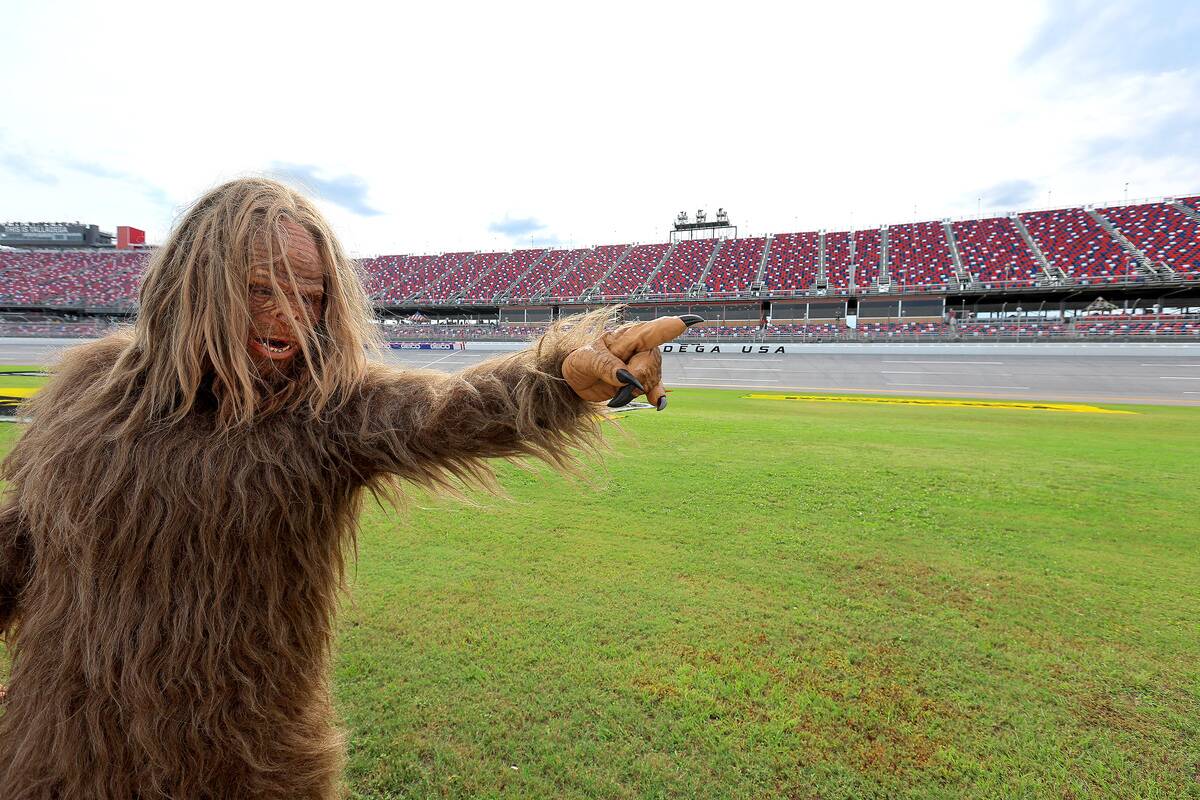
Bigfoot, the legendary ape-like creature, has been a subject of fascination and debate for decades. Sightings and blurry photographs have fueled speculation about its existence, yet no conclusive evidence has been found. While some researchers continue the search, many sightings have been debunked as hoaxes or misidentifications. Bigfoot remains a cultural phenomenon, embodying our fascination with the unknown and the possibility of creatures lurking beyond our understanding.
The Fake Shark Attack of 2001: A Beachgoer’s Nightmare
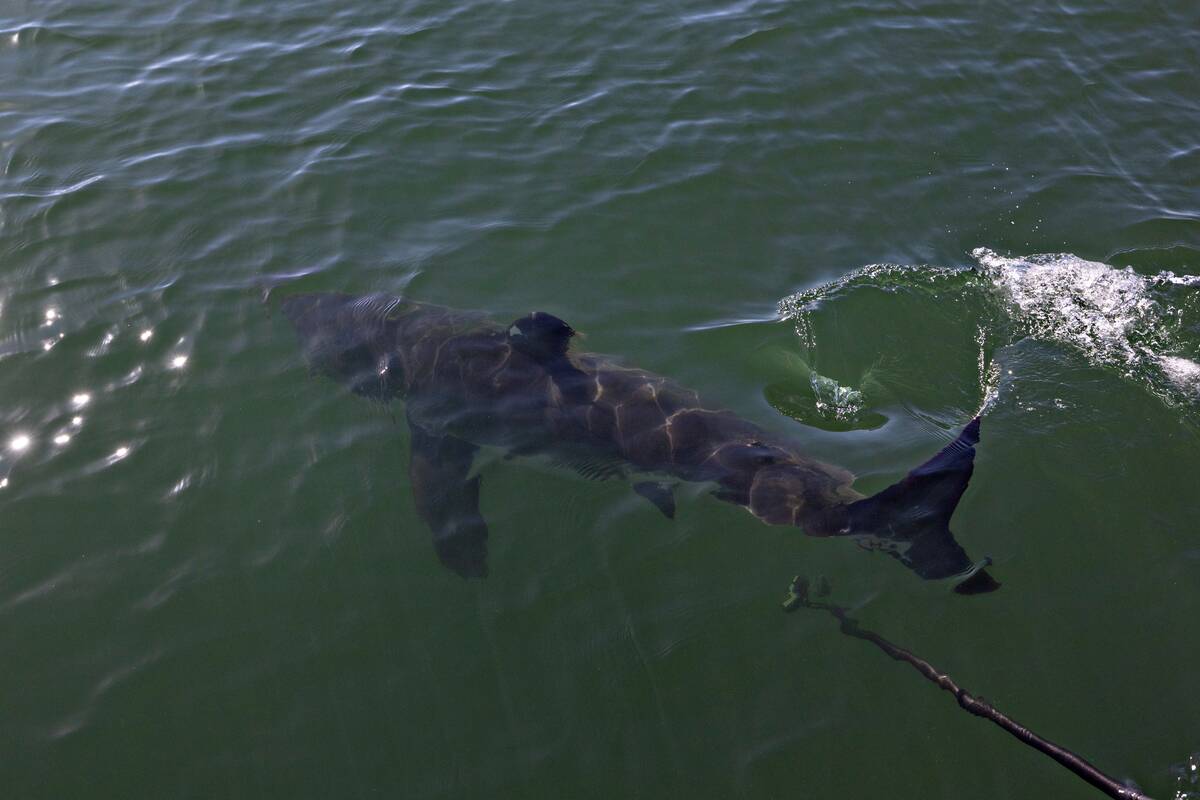
In 2001, a photograph circulated online showing a great white shark leaping out of the water near a military helicopter, creating a sensation of fear and astonishment. However, the image was a composite of two separate photos, a clever manipulation that fooled many. This hoax is an example of how digital editing tools can create convincing falsehoods, reminding us to critically evaluate the authenticity of visual media and the impact of sensationalism on public perception.



